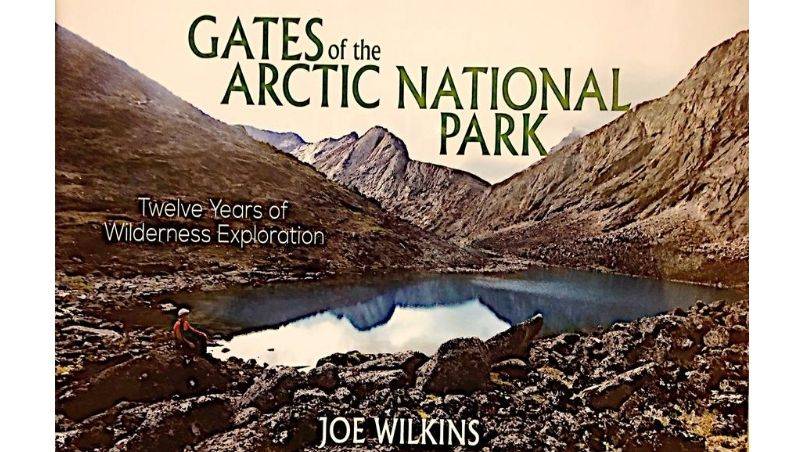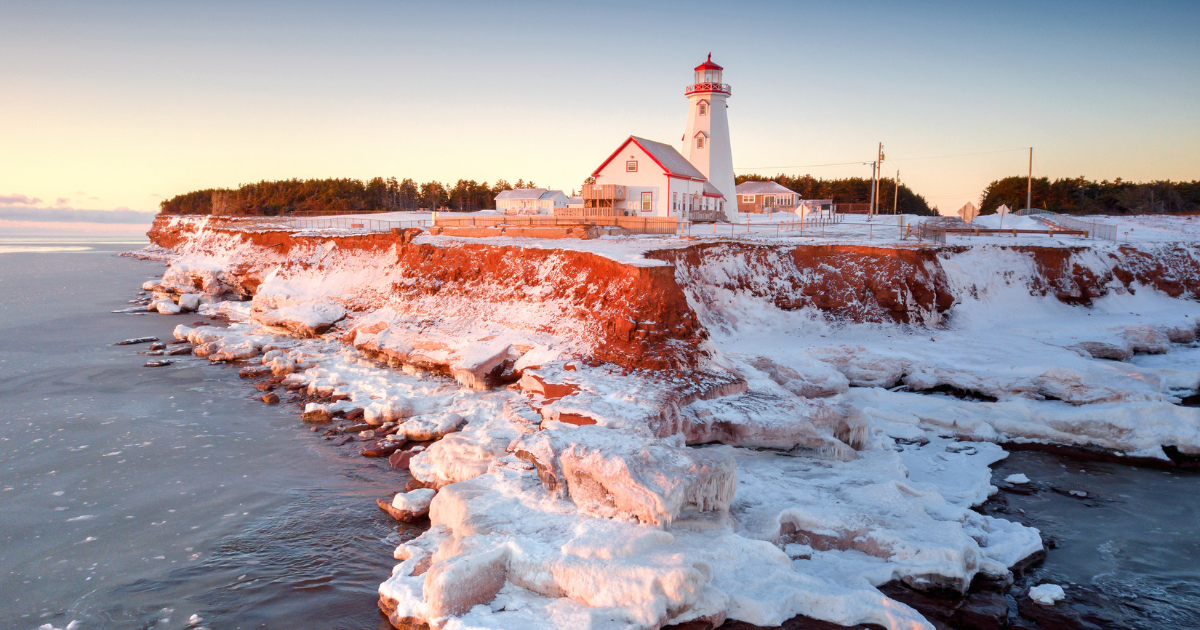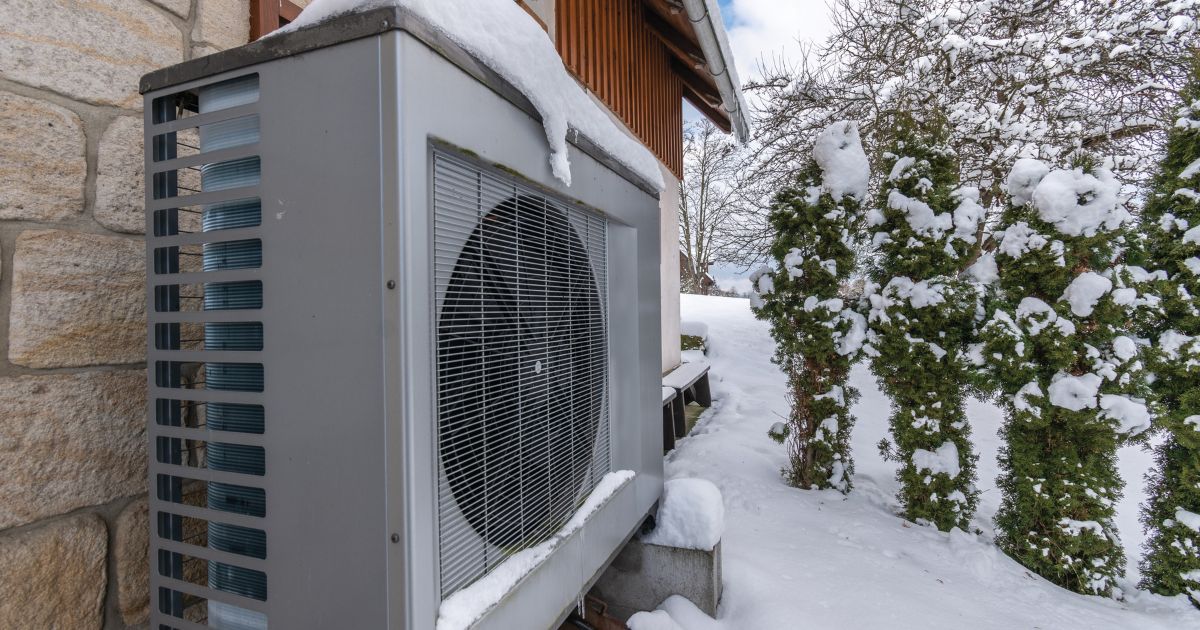A long-time fan and regular visitor to the Gates of the Arctic National Park, Joe Wilkins became a U.S. National Park Service volunteer after he retired from teaching mathematics at the University of Illinois Springfield. He shares his unique insight into the park as a volunteer in his recent book, Gates of the Arctic National Park: Twelve Years of Wilderness Exploration (Brown Books Publishing, 2018). We spoke with Wilkins, who talked about his love of the Arctic wilderness, as well as the dangers and challenges to visitors, wildlife and the park at large.

Harrowsmith: When did you first visit the park?
Joe Wilkins: I first fell in love with Alaska and the Arctic environment when my mother gave me a book, The Real Book About Alaska, when I was about five years old. She would read it to me and taught me to read from that book. So I was absolutely enamoured with this whole concept of the Arctic wilderness.
The first time I set foot in the Brooks Range, the area that became the Gates of the Arctic National Park in 1980, was in 1966. I was a young air force officer, and I received Arctic wilderness survival training. I fell in love and have been going back regularly ever since. After I retired, I became a volunteer with the National Park Service. And that’s where the 12 years from the book title comes from.

HS: What’s so special about this park in particular?
JW: It’s special because of the sheer remoteness of it. This park is almost the size of Switzerland, and it’s surrounded, in turn, by one of the largest wilderness areas in the world. It is this very remoteness—the absolutely magnificent beauty of the rugged mountains, the really wild whitewater rivers—that makes it unique.
Throughout the book, I identify places that remind me of other parks all over the world. One of the things that has been really rewarding over these 12 times that I’ve been up there is that I drove the link of the Rocky Mountains, up through Alberta, British Columbia, the Yukon, up into the Northwest Territories. I really became acquainted with the beautiful parks of Canada. I actually drove the Inuvik-Tuktoyaktuk Highway that runs through the Northwest Territories up to the Arctic Ocean, and I took side trips along the way as well, so I spent a lot of time in Canada.

HS: You’ve had the opportunity to visit the park over many years. Have you seen any changes?
JW: As a volunteer for the National Park Service, we’re checking on animal migration. We’re checking on the flow of the water: How high or how low is the water? We call back and give weather reports. We check on the status of the glaciers: How much are they melting, or are they changing? We check on the status of the boreal forest: Is it healthy? Are there any forest fires around?
I think everything is under threat right now. The Gates of the Arctic is surrounded by one of largest wilderness areas in world. There are about half a dozen areas that are protected, but now some of these protections are being eroded with the possibility of oil drilling. It’s a really rugged area and it can be very unforgiving. But it’s also fragile. If someone drives across an area, it can do damage. Those tracks can last hundreds of years. Yes, there is a threat here.

I’ve been going up there since 1966, so I’ve had half a century of seeing how things change, and things are, in fact, changing very dramatically. It is warming up. The glaciers are melting. There’s still about a hundred thousand glaciers in Alaska, but in a very few years, there won’t be any in the Lower 48 of the United States. And it’s dangerous. The polar bears in northern Alaska will be going extinct, I suspect, in very few years. The ice pack goes out a hundred miles from the coastline of northern Alaska. Polar bears never hibernate and they’re carnivorous—they live off of meat. The meat they live off of is walrus and seal. For them to hunt those, they need to be out on the ice pack. So, they’re faced with a situation where they have to swim a hundred miles just to begin hunting. And if it’s a mother polar bear, that’s just not going to happen. In the Hudson Bay area, they’re going to be around awhile. But in northern Alaska, I don’t think they will be around too long.

HS: What brings you to the Arctic, year after year?
JW: The beauty of the Arctic wilderness is simply incredible. It’s a wild place that fundamentally alters everyone who takes time to experience it. One visit can change a person’s life forever. It’s the ultimate wilderness that’s left anywhere in the world. It’s rugged, it is wild, it is remote. It is magnificent. When a person has the opportunity to spend time out there, especially alone, in the vastness of this Arctic wilderness, your senses literally tingle. Each day is new—it’s exciting. When you have a chance to climb mountains or challenge rocky cliffs or go down the wild whitewater rivers, it’s exciting. For months on end, you’re in 24-hour illumination by the sun. Then you have 24 hours of darkness.

In the first week of January 1975 in Bettles, Alaska, it was the coldest recorded temperature ever in that little town, and it was 72 degrees below zero. In temperatures like that, things really are strange. If you have a cup of coffee and throw it in the air, it instantly becomes crystals. If you spit, your spit bounces. Any time of the year is exciting. The beauty is staggering.
The Brooks Range is about 800 miles. It runs east and west into Canada. All of the park lies above the Arctic Circle. There are grizzly bears; there are polar bears in the northern portions. Caribou, moose, muskoxen, Arctic foxes, wolves—there’s a plethora of magnificent animals out there. One time, a mother grizzly came by, called her cub, sat down and nursed her. She didn’t detect me; I had the wind in my favour. I watched her and could hear the sounds she and the cub were making. It was delightful.

HS: What’s your advice for people who want to visit?
JW: The headquarters for the National Park Service is in the little town of Bettles, on the Clayoquot River, about 20 miles from the boundaries of the park itself. The park is total wilderness; there are no visitor facilities of any kind. In fact, there aren’t even any roads. One of the standard lines of folks who live in this area is, “The real magnificent beauty of the Arctic wilderness begins where roads end.” There are no roads that even lead to the park—you have to go in by bush plane. You have to be very well prepared. You have to be trained and experienced, with someone who is trained and experienced. Self-sufficiency is mandatory.
I’ve done a lot of solo backpacking through this area. The next nearest person may be 100, 200 or more miles away. It’s really remote. Down here on the Lower 48, there was a location mapped out, out in northern Wyoming; it is the point that is the farthest from a travelled road, and it is 26 miles. If you go up to Alaska, you can find places that are several hundred miles from the nearest road. Same is true over in the Northwest Territories and in the Yukon.
People will say they’ve been hiking; you can’t compare backpacking in the Brooks Range with anything else. It is more demanding, more dangerous and, frankly, more rewarding. I encourage people to take the time and develop the skills and accumulate the gear that is necessary. It takes a while to do it.

HS: What do you hope readers will take away from your book?
JW: I hope people will detect my love for the beauty, for this area. I hope they will appreciate it. I do recommend people go there, but they have to be prepared. It takes a while to do all the study, saving money and all the things to go there.
I always tell folks, there’s no bad way to take a trip to Alaska, whether it’s cruise ship or whatever. There’s so much, too, that Canada has to offer—from Whitehorse, up to Dawson. They are accessible, and they are so beautiful. I encourage people to—if they’re not physically fit to backpack solo through the Brooks Range and places like that—I encourage them to go to whatever wilderness they can reach, whatever wilderness is next door to them. The whole idea of “wilderness” is such a precious commodity, in this time, in modern society. It is so absolutely precious. There are so many things to learn from, and jewels of wisdom, that the wilderness will provide a visitor. The value of this exploration on a personal level is euphoric. It brings a feeling of humility to a person. It’s a privilege to witness up close the magnificence of this truly wild and free country.

An editor with 15-plus years in the publishing business, Catalina Margulis’ byline spans travel, food, decor, parenting, fashion, beauty, health and business. When she’s not chasing after her three young children, she can be found painting her home, taming her garden and baking muffins.













